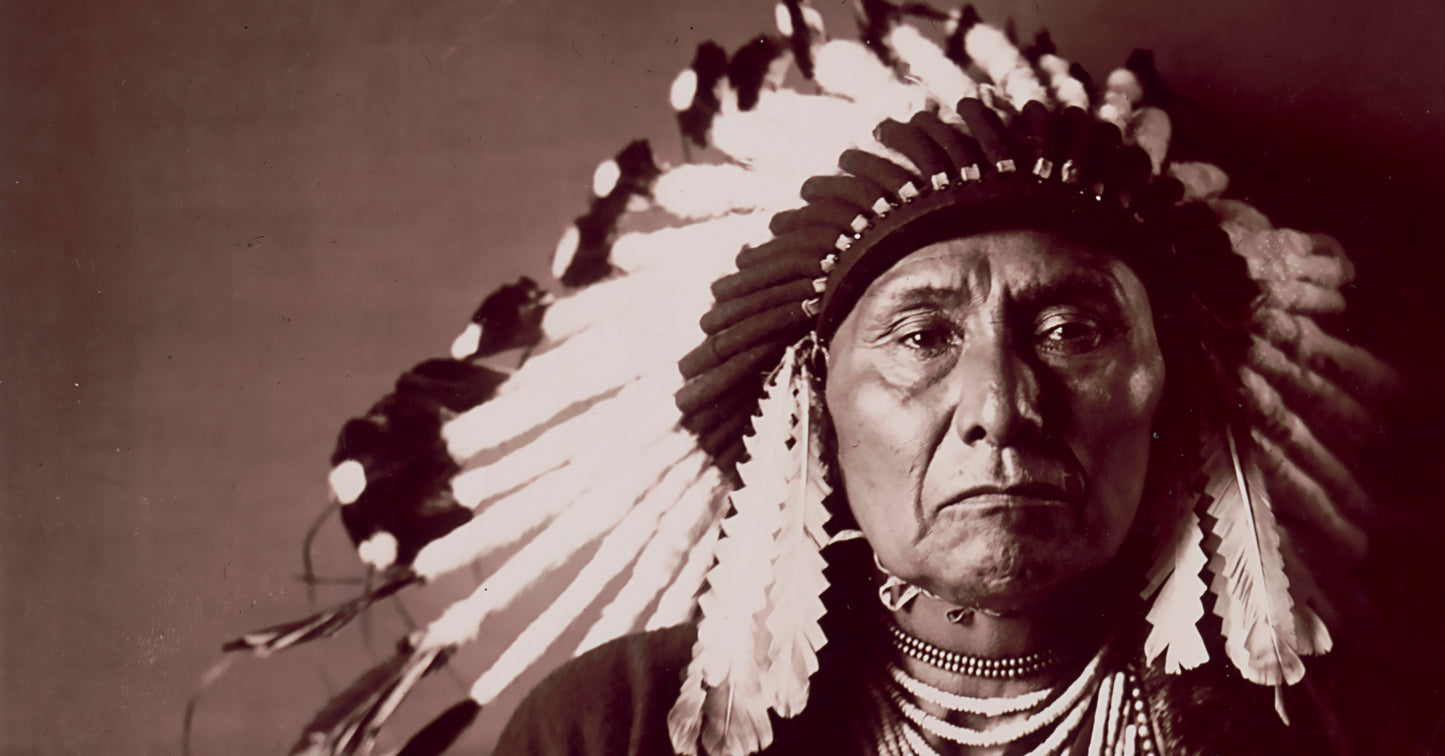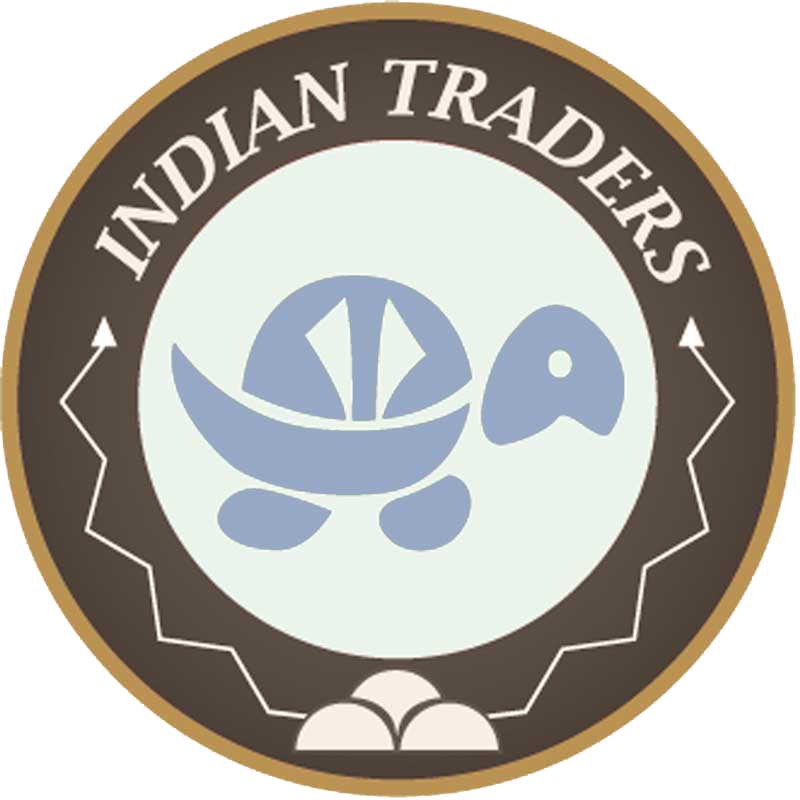
When European settlers first arrived on the shores of the North American continent, they found not an empty place but a seemingly unlimited landscape that had been home for thousands of years to a vast array of diverse groups of Native Americans.
As the United States was established, Native American tribes were considered to be semi-independent nations, and the tribal system saw individual tribes as self-governing. As such, each tribe had its own chiefs.
Native American, or American Indian, chiefs were traditionally political leaders, peacemakers, and orators for their tribes, bands, or confederacies of tribes. Many had little coercive authority; instead, they relied on the consensus of their communities to make decisions and implement changes.
Traditional Leadership & Native Americans
From the distant past when a lot of neighboring tribes warred, to their very fight for survival after European colonization, leadership for Native Americans entailed not only the responsibility for the care of their people - providing shelter, securing food, nurturing cultural traditions, and passing on spiritual teachings - but also keeping the peace internally and with neighboring tribes. It also required brokering treaties and fighting wars to protect their lands, hunting grounds, people, and ways of life when all other incentives for peace and survival failed.
Over the years between the first known European contact to the early 1900s, and even to the present day, there have been many influential Native American leaders whose fame and renown survive. Making their mark on history and American culture, we refer to some of them as The Great Chiefs.
The Great Chiefs
Many people qualify for this list; here is a short summary of some of the most famous.
- Powhatan or Wahunsenacawh (c1547-c1618) was the father of Pocahontas and the supreme indigenous leader in what is now the Chesapeake Bay region of Virginia. Through marriage, adoption, and force, he built an enormous confederacy of many dozens of tribes and was responsible for Englishman John Smith becoming leader of the future Jamestown Colony. In response to the breakdown of relations with English settlers, he initiated the Anglo-Powhatan war, which ensued until his daughter married English colonist John Rolfe.
- Chief Massasoit was the first Native Chief to meet with the Mayflower Pilgrims after the first direct contact in March 1621. He and the Pilgrims exchanged greetings and gifts and signed the Pilgrim-Wampanoag Peace Treaty which endured for over half a century.
- Po’Pay (c1630-1692) was a Tewa Pueblo Chief who orchestrated and coordinated the successful Pueblo Revolt of 1680. Four years in the planning, this drove out the Spanish conquistadors who had enslaved the local Native American peoples, outlawing their spiritual practices and cultural traditions.
- Manuelito (c1818-1893) was a Diné/Navajo leader and warrior who led the consequential resistance to the US government’s efforts to relocate the Navajo to the barren Bosque Redondo reservation. While this resistance effort ultimately failed, Manuelito was successful in later petitioning for a new Navajo reservation to be located on their original tribal lands.
- Red Cloud (1822-1909) was an Oglala Lakota warrior and raider who was a formidable opponent of the US military, especially after gold was discovered in the Plains of Montana and migrant and miner influx threatened buffalo numbers and critical Lakota hunting grounds. He led the Fetterman Massacre, which was the largest Native American victory on the Plains until the Battle of Little Bighorn. He later became a diplomat for his tribe and visited Washington DC several times, even meeting with the US President.
- Geronimo (1829-1909) was a Chiricahua Apache leader and medicine man. He was the last American Indian leader to formally surrender to the US military, having fought all efforts by the US government to move his people from their ancestral lands of the southwest to reservations. He was a prisoner of war for the last 20 years of his life.
- Sitting Bull (c1831-1890) was a Teton Dakota Warrior Chief who united the Great Plains’ Sioux tribes against the infringing white settlers. He joined his first war party at just age 14 and fought against the US military in many battles. He gained national fame after joining Buffalo Bill’s Wild West Show in 1885 but died while resisting arrest by US officials who believed he may lead an uprising.
- Chief Joseph (1840-1904) was a Nez Perce chief of the Pacific Northwest most renowned for his role as a peacemaker, activist, and diplomat, despite being revered as a great warrior and leader in the Nez Perce War of 1877. He campaigned and strove tirelessly against the US government for his people’s return to their fertile ancestral lands.
Chief Joseph is honored at Indian Traders in our wide selection of Native American blankets by Pendleton.
Other Chiefs of note include (but are not limited to) Comanche Chief Quanah Parker, Chief Looking Glass of the Nez Perce, Kiowa Chief Kicking Bird, Chiricahua Chief Naiche, Apache Chief Alchesay, Wampanoag Chief Metacomet (King Philip), Modoc Chief Kintpuash (Captain Jack), and many others.
Over the coming months, we’ll take a more in-depth look at the lives, achievements, and influence of some of these Great Native American Chiefs.
